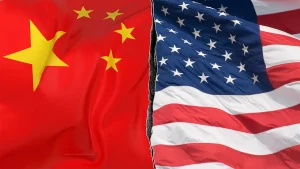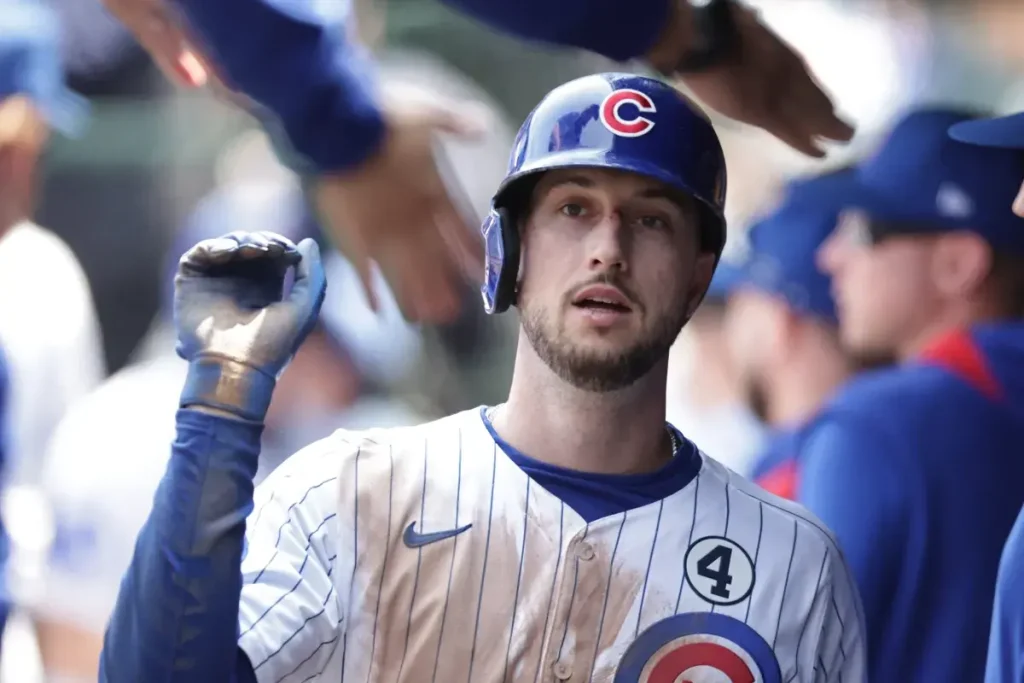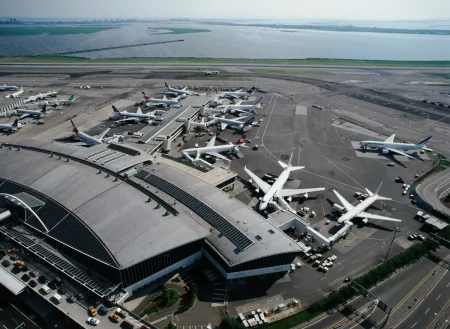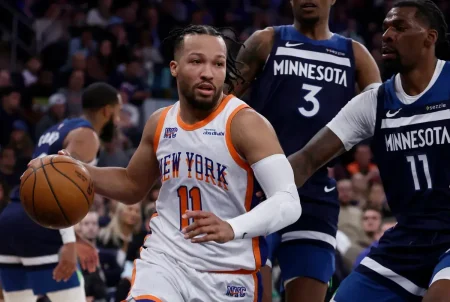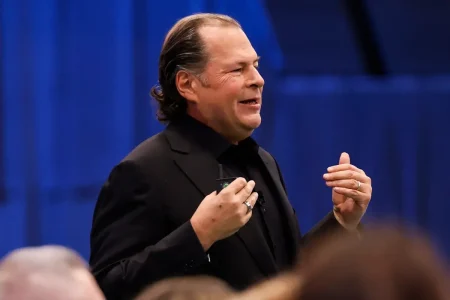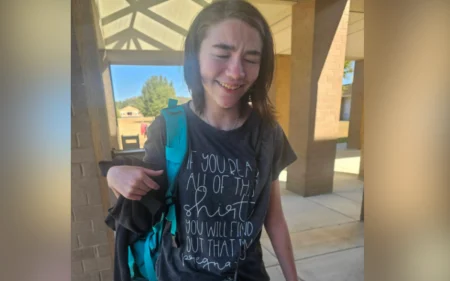Cubs’ Bold Trade for Kyle Tucker Leads to Free Agency Dilemma
Last offseason, the Chicago Cubs made a daring move that raised eyebrows across the baseball world. They traded two promising young stars to the Houston Astros for just one year of Kyle Tucker’s services. It was a gamble that showed the Cubs’ commitment to winning immediately rather than building slowly for the future. Tucker did deliver solid performance during his time with the Cubs, providing the offensive firepower and defensive reliability they hoped for when making the trade. His presence in the lineup gave Chicago fans something to cheer about, even if the team’s overall results weren’t everything they had hoped for. However, as anticipated, Tucker’s contract expired at the end of the season, leaving the Cubs in a precarious position as they now attempt to re-sign their star outfielder in a competitive free agent market.
The challenge facing the Cubs’ front office is substantial, as industry insiders increasingly doubt Tucker will return to Chicago. The financial realities of modern baseball free agency create a formidable obstacle for the Cubs, who historically have been reluctant to commit to the type of massive contracts that premier free agents now command. CBS Sports analyst Mike Axisa boldly predicted that Tucker could command a contract exceeding $450 million on the open market, potentially setting a new standard for outfielder contracts. “Kyle Tucker, this offseason’s No. 1 free agent, is one of the game’s top all-around outfielders and all the right teams (i.e. big-market contenders) need an impact outfielder,” Axisa noted. This assessment reflects Tucker’s elite status in the game—a rare combination of power, on-base ability, defensive excellence, and relative youth that makes him extraordinarily valuable.
What makes Tucker particularly appealing to deep-pocketed teams is his age and projected career trajectory. At just 29 years old for the 2026 season, Tucker offers any interested team several peak performance years, making a long-term investment more palatable than for many free agents who reach the market in their 30s. Axisa suggests the contract could stretch across 12 years or more, allowing teams to spread out the financial commitment while securing Tucker’s services through what should be his prime playing years. While he may not command Juan Soto-level money, Tucker’s consistent production and all-around skill set put him in an elite tier of free agents who can justifiably seek contracts that reshape the market. Teams aren’t just paying for past performance but betting on continued excellence from a player who has shown remarkable consistency.
The financial realities suggest the Cubs face an uphill battle to retain Tucker’s services. Historically, the Cubs have been conservative in free agency spending compared to baseball’s financial heavyweights. They’ve never awarded a free agent contract exceeding $200 million, which puts them at a significant disadvantage when competing with teams willing to spend more than twice that amount. This spending pattern reflects organizational philosophy but also creates practical limitations in today’s market, where top talents command astronomical sums. The gap between the Cubs’ likely comfort zone and Tucker’s market value appears substantial, potentially too wide to bridge unless the organization makes an unprecedented financial commitment or Tucker accepts a hometown discount—neither scenario seeming particularly likely based on recent history.
The competition for Tucker’s signature will be fierce, with baseball’s financial titans circling. The Los Angeles Dodgers and New York Yankees, perennial big spenders with seemingly limitless resources, have both been connected to Tucker in early free agency rumors. These organizations have demonstrated willingness to make massive financial commitments when they identify a player who fits their competitive window. The Yankees could view Tucker as an ideal replacement for Cody Bellinger, providing the left-handed power their lineup covets while strengthening their outfield defense. The Dodgers, meanwhile, have a significant outfield vacancy and have shown time and again their commitment to assembling star-studded rosters regardless of cost. Other potential suitors mentioned include the Giants, Blue Jays, Mets, and Phillies—all teams with substantial financial resources and competitive aspirations.
For Cubs fans, the situation evokes mixed emotions—pride that their team acquired and showcased such a talented player, but frustration that the organization’s financial approach may prevent them from building a lasting relationship with that star. The situation also raises questions about the initial trade strategy—was surrendering young talent worth it for just one year of Tucker? The answer likely depends on whether the Cubs can somehow defy expectations and retain him. If Tucker signs elsewhere, as many predict, the Cubs will need to quickly pivot to alternative plans, potentially looking at second-tier free agents or exploring the trade market once again. Meanwhile, Tucker stands at the precipice of a life-changing contract that will not only secure his financial future but potentially reshape the market for elite outfielders in baseball. For both player and team, the coming weeks represent a critical juncture with long-lasting implications for their respective futures.

